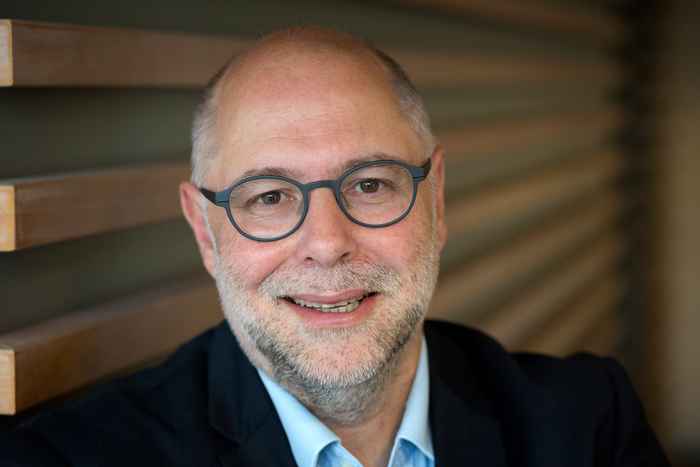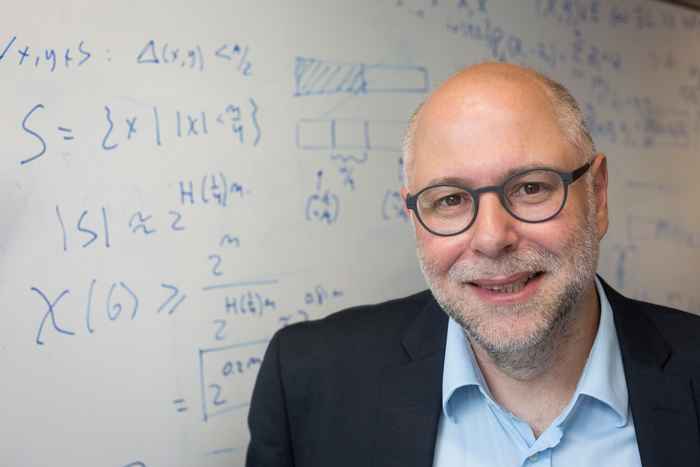Harry Buhrman joins Royal Netherlands Academy of Arts and Sciences
30 April 2020

Buhrman receives the KNAW membership for his exceptional scientific achievements. His research focusses on the interface of computer science, mathematics and physics. The common thread in his career is the understanding of the computing power and possibilities of computers and communication networks. Buhrman achieves this by designing new algorithms and communication protocols, and by developing techniques that demonstrate their optimality. He gained international fame for his work on quantum communication and quantum lower bounds.
Programming future computers
Back in the early 1990's, mathematician Peter Shor was the first to come up with a useful and practical algorithm for a quantum computer, allowing to crack codes faster. From that moment on, this area of quantum research gained tremendous momentum.
Buhrman became fascinated by the possibilities of quantum computers and quantum communication. He discovered that quantum bits, the building blocks of quantum computers, can also be instrumental when used as information carriers. Despite that it was already known that it is impossible to compress a random message into fewer quantumbits than conventional classical bits he showed that some distributing problems can be solved with less quantum communication than classical communication.
One example is the agenda problem, where two parties want to make an appointment and are able to do so with much less quantum than classical communication. An efficient quantum solution of the well-known Doodle.
Dijkstra devised algorithms and applications that could not yet be run on a computer, since they were at that time not available. An example is Dijkstra’s algorithm that calculates the shortest route from A to B. Nowadays, all navigation systems work with a variant of his algorithm. “It is also very important nowadays to already write programs and come up with applications for quantum computers that are not yet here.”

Quantum view
New infrastructure
In 2015 Buhrman founded the quantum research institute QuSoft, with which he wants to develop applications for quantum computers that will be available in the near future. “You can't do anything with a computer without software. QuSoft is the first institute in the Netherlands in this field and belongs to the world top. But only QuSoft is not enough, we must continue to emphasize the importance of quantum software,” says Buhrman. Although quantum computers will only be able to run software in about ten years’ time, Buhrman believes that we need to make this this a major effort now. Buhrman: “It requires a completely new infrastructure, way of thinking, and programming to be able to develop quantum applications. For this we need a lot of manpower and therefore need to train a new generation of researchers.”
Harry Buhrman is leader of the Algorithms and Complexity research group at Centrum Wiskunde & Informatica (CWI) and distinguished research professor of computer science at the University of Amsterdam. Together with professor of theoretical physics Kareljan Schoutens, he is the director of QuSoft.